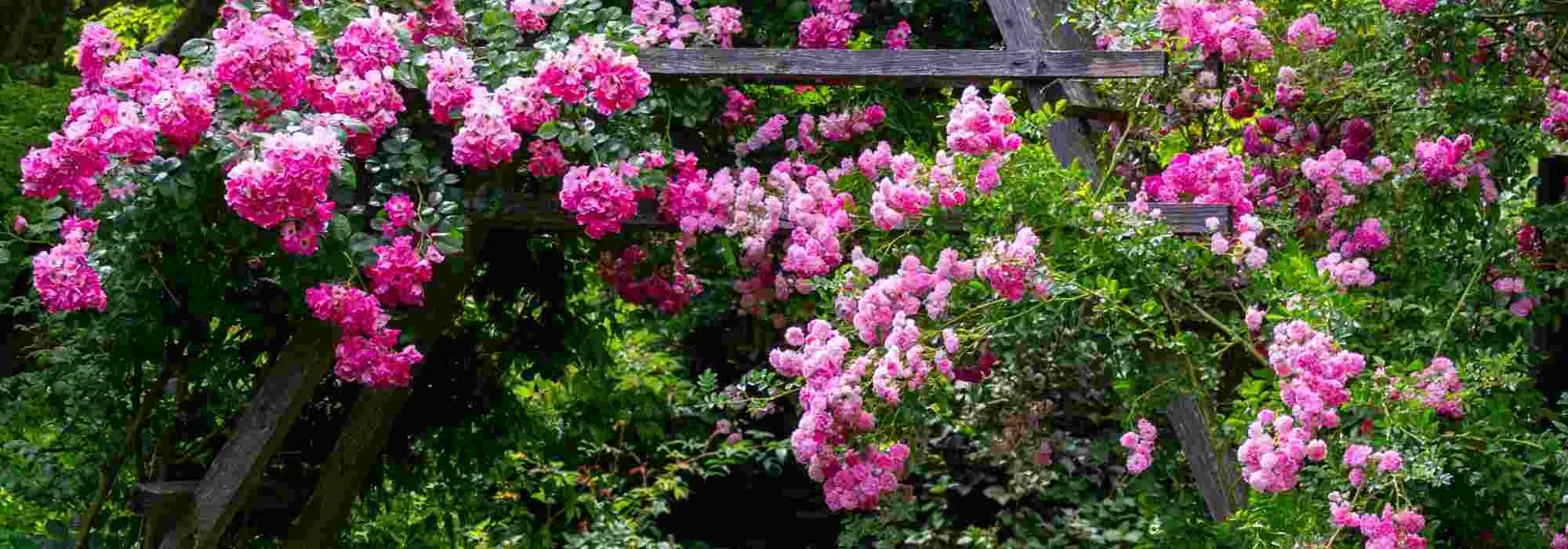
How to create a rose garden or rosarium?
Defining spaces, choosing rose varieties, planting, care and successful companion planting
Contents
Roses have been present in gardens for more than 5,000 years, initially cultivated for the scent and medicinal virtues of their flowers. Some gardens are even entirely dedicated to them: these are rose gardens. These collection gardens allow playing with the different characteristics of the varieties: flower sizes, silhouettes, heights, colours…
Combining roses with other plants, such as perennials, grasses or even annuals, makes it possible to create a rose garden inspired by English gardens.
It is not necessarily required to hire a landscaper to create your own rose garden or rose bed. Here are some recommendations to help you see more clearly: place roses well, select suitable varieties, maintain them and pair them with other plants, in order to design your ideal garden.
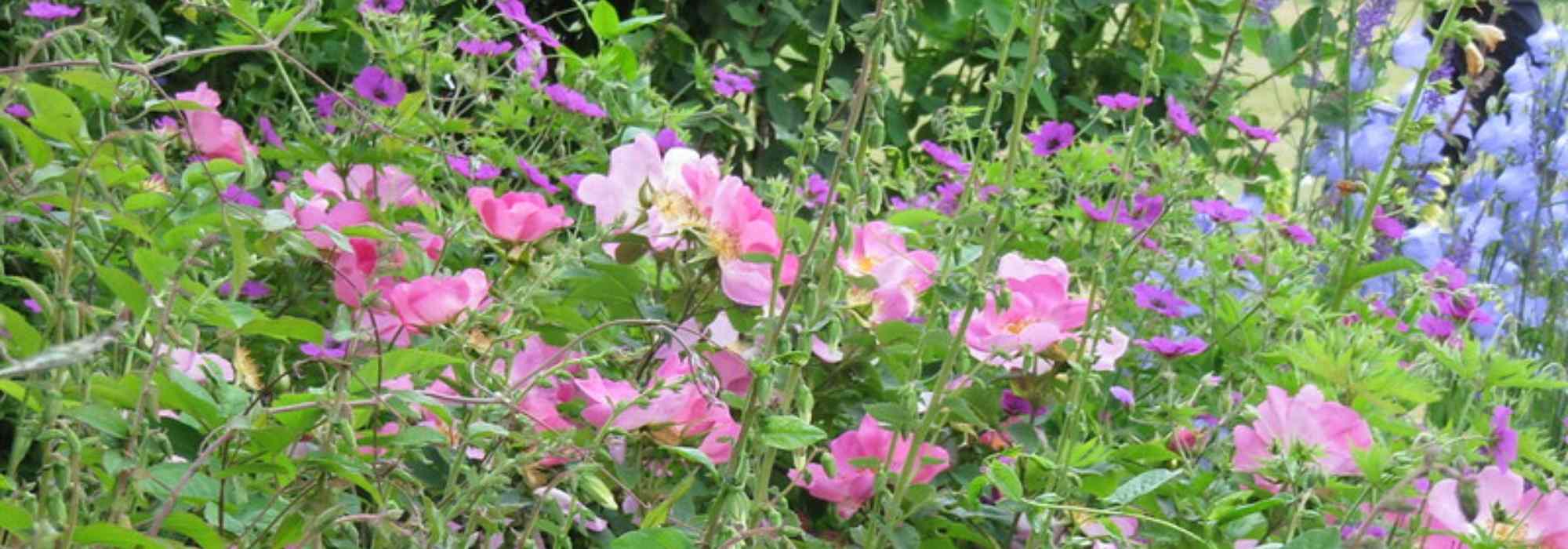
→ Discover also our fact sheet on the scent of roses and 6 tips to create a beautiful rose bed
Define a garden plan to clearly demarcate spaces
First step before you start is to define garden areas. Draw up a plan that will take into account existing elements or those to be integrated before planting: furniture (table, bench, chairs, garden swing…), flowerbed, vegetable patch, terrace, etc.
Add circulation routes and access to roses, essential for maintenance: entrance, grassed paths or lanes. These can be covered with gravel or lawn, whose understated appearance sets off roses well, as is generally the case in traditional rose gardens. Depending on taste and preference, you can alternatively choose brick paths, wooden slats, or paths laid with stepping stones.
Entrance can be marked by an arch, a bower or a pergola, metal or wood. A gazebo or columns can be added to the centre of the garden.
Finally, garden plan must also take into account spaces required for the proper development of roses: spread at ripeness, spacing between plants (roses among themselves or roses with other plants). Sunny or partly sunny locations, sheltered from prevailing winds and heavy rain, should be favoured.
Select rose varieties
There are hundreds of varieties, which is why it is not always easy to choose a rose.
Mixes are welcome: modern and old varieties, perpetual and non-perpetual roses, large-flowered roses or roses with more discreet flowers, in complementary or graduated colours, etc.
According to location and use
Choice of a variety will depend on desired silhouette and intended location :
- climbing roses or lianas will cover walls and structures
- shrub roses will line the edges of paths
- classic old roses and English roses will be showcased in the centre of a flowerbed
- standard or weeping roses requiring staking will also add stature and relief to borders
- shrubby roses will fill large spaces
- groundcover roses will be used in the foreground
- dwarf or miniature roses will be grown in smaller spaces
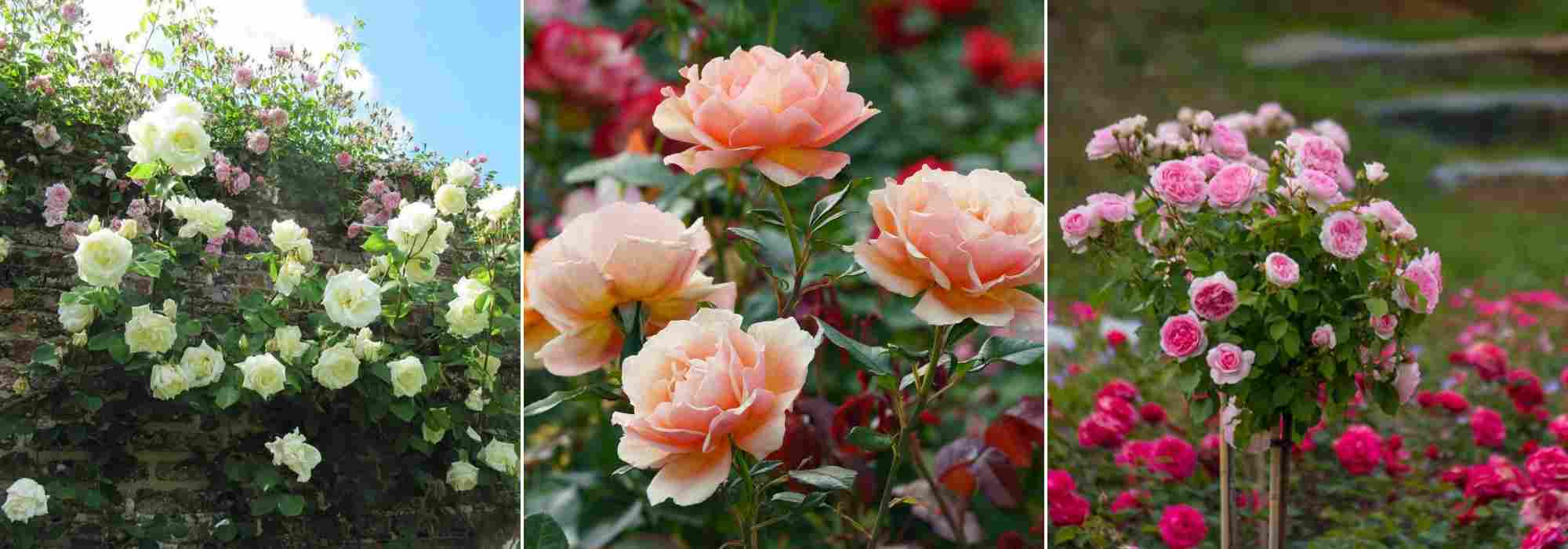
Climbing roses (© Leonora Enking), shrub roses, standard roses (© Susanne Nilsson) … each rose its location and use
In terms of heights, for pleasing visual harmony, the tallest and most imposing plants are placed at the back, while the smallest and groundcover ones are planted at the front. Height variation will thus create particularly dynamic scenes.
According to roses’ requirements
Choice of a variety will also depend on its cultivation characteristics. Roses thrive particularly in sunny positions (at least 4 hours of sun per day), in soil rich in organic matter, light, free-draining but that remains cool, especially in summer.
Neutral soil will generally suit them, although some varieties can thrive in calcareous soil, such as roses grafted onto Rosa canina or laxa. Very acidic soil will, however, hinder good development of roses.
Also consider root competition by avoiding planting roses too close to large trees or plants with extensive roots.
Roses are suited to most of our climates in France, north as well as south. But some varieties are less hardy and more sensitive to cold; they should therefore be avoided in regions north of the Loire.
By flowering
Depending on varieties and climates, roses can flower from early spring, in April, until the first frosts.
Some varieties are perpetual (flower several times a year), others non-perpetual (flower only once abundantly in late spring or early summer). Finally, others, rarer, flower all year round in mild climates, where frosts are negligible.
Old varieties are generally non-perpetual (botanical roses), whereas modern varieties can bloom for several months with almost no interruption.
Regarding flower form, don’t hesitate to mix different styles: large-flowered roses will be well set off by roses with single flowers; solitary flowers can be paired with roses bearing flowers in clusters.
By rose colours
The range of rose colours is wide. Apart from true blue (which is more akin to mauve-violet), one can find almost all the usual floral colour palettes, from pure white to dark red verging on black.
For pleasing harmony, opt for a tonal range, for example with pink tones ranging from a darker, vivid shade to a light white shade, which will help to lighten the whole.
To play with different colours, it is better to limit to two complementary tones, especially as a rose garden planted with other plants will already add further splashes of colour.
For a beautiful contrast pairing, yellow roses can, for example, be paired with roses in purple or burgundy tones.
If you have a large area, you can quite easily create separate colour zones. Conversely, in smaller spaces, favour light colours, which will not overwhelm volumes.
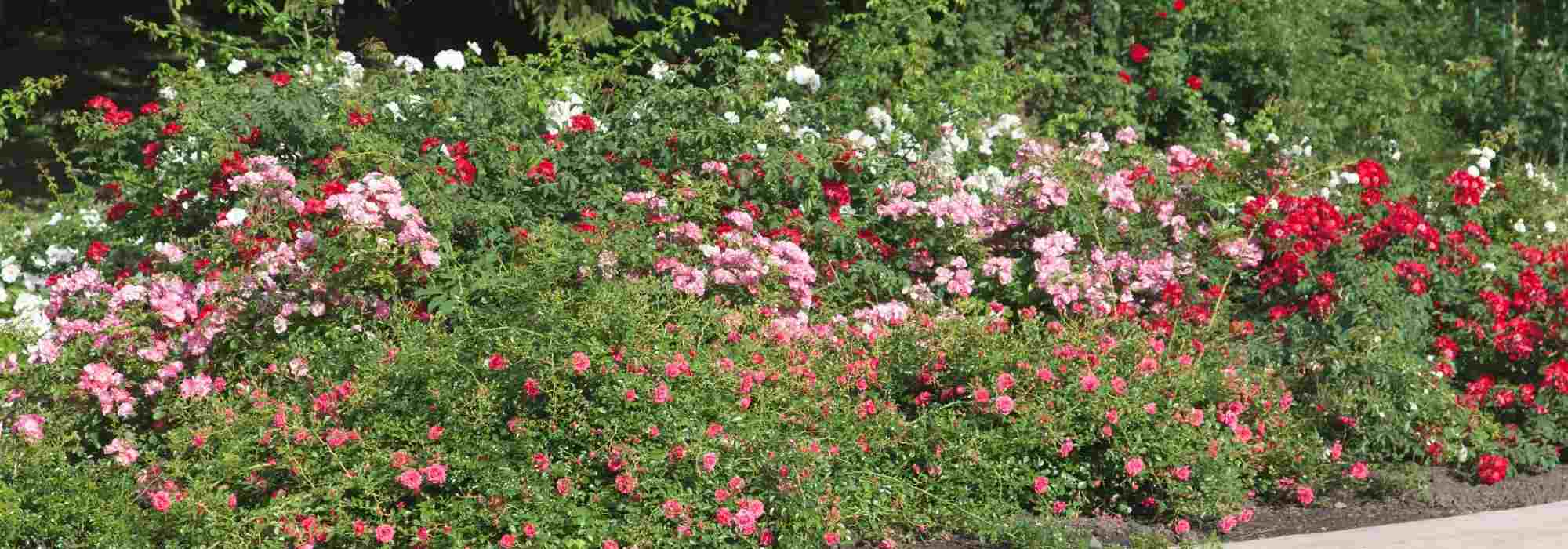
By garden style
Classic rose gardens will showcase old roses, English roses or standard roses. The style will be clean, respecting alignment and symmetry. Planting is done on bare soil or short grass meadow, making maintenance easier. Spaces and the different varieties of roses will be defined by box hedges.
Conversely, it is possible to create a rose garden with a wilder, more natural effect, by planting plants less rigidly and mixing several different varieties in the same bed, while maintaining a certain harmony.
Depending on desired style, you can add decorative elements, label plants and roses, etc.
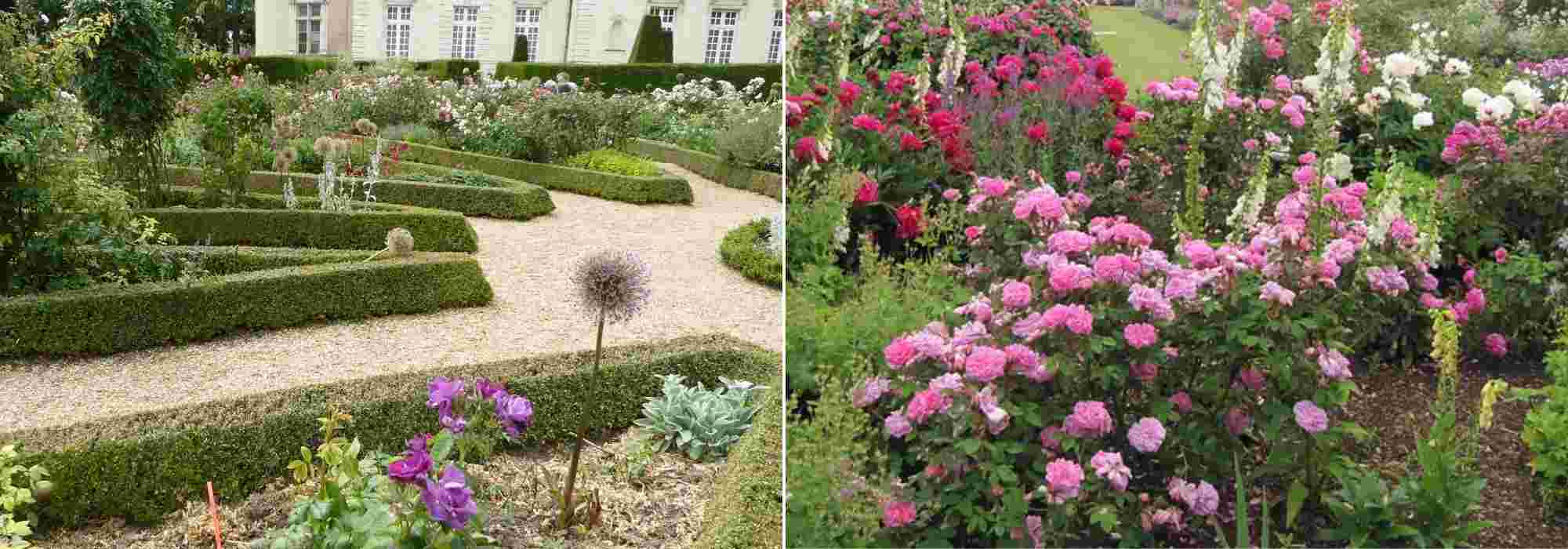
Rose garden of Château du Lude, edged with box (© Gwenaëlle David), and a rose garden mixed with perennials (© Leonora Enking)
By fragrance
Musk, fruity, very floral, more or less intense scents… The olfactory range of roses also varies between varieties.
Old roses are particularly appreciated for their fragrance. Among modern roses, English roses are the most fragrant.
⇒ Our range of fragrant roses
Discover other Roses
View all →Available in 0 sizes
Available in 2 sizes
Available in 2 sizes
Available in 1 sizes
Available in 2 sizes
Available in 2 sizes
Available in 2 sizes
Available in 3 sizes
Available in 2 sizes
Available in 2 sizes
Planting roses
Once garden plan is finished and rose varieties selected, it’s time to move on to planting.
Ideal time is in November, outside frost period, for flowering from first year. But planting can continue until March or April, in regions where winters are longer and soils particularly waterlogged.
Roses favour soils rich in organic matter, so do not hesitate to prepare soil beforehand:
- clay, compact soil should be loosened with coarse sand or pouzzolana to improve drainage
- poor, sandy soils should be enriched with compost or clay to improve water retention
- untouched soil, never cultivated, should be cleared of large stones, weeds and roots that might compete, before being enriched with compost

Sally Holmes rose (© KM)
Pairing roses with other plants
In a classic-style rose garden, roses are generally paired only with box, allowing beds and borders to be defined while bringing light in winter, when roses are less attractive.
Rose gardens, by contrast, enjoy playing with combinations of plants.
Some tips for choosing plants to combine:
- avoid plants with vigorous roots, suckering or running types that tend to choke roses
- choose plants with same cultural needs as roses; avoid plants that thrive in poor, stony soil or require very little watering
- plant them about 40 cm from roses to allow air to circulate and help prevent disease
- in the 1st year after planting roses, opt for non-invasive varieties, such as annuals, which will give the bush time to establish roots; after about 2 years, more vigorous plants can be grown
You can choose to install a background setting made of a hedge or small stand of bushes. Dark green colour and evergreen foliage will set roses off well.
For companions, opt for spring-blooming bulbous plants (daffodils, muscari, crocuses, early tulips, scorzonera), plants with ornamental foliage (sages, ferns), annuals (cosmos, zinnias), grasses for a modern, airy effect (stipa, carex), tall perennials (delphiniums, lupins, agapanthus), groundcovers (hardy geranium, whose mat-forming foliage will help roses retain coolness in summer) or even small bushes (rosemary, lavender, caryopteris, privet).
Dressing rose bases is also very effective: a clematis will highlight cascading habit of a robust liana rose, sweet peas will decorate stems of standard roses without choking them, groundcovers will hide bases of smaller roses, etc.
These combinations will also extend flowering in the garden over a much longer period, almost continuously from spring to autumn.
Rose garden maintenance
Enhancing a rose garden or rose bed will depend on a minimum of maintenance. While it does not require professional skills or overly strict attention, a few simple actions will help your rose garden retain its splendour and aesthetic appeal throughout the year.
Pruning
In a classic rose garden, cultivation on bare soil or short grass meadow will greatly simplify maintenance. Short grass meadows will simply be mown regularly and any adventive (‘weeds’) removed.
In English-style gardens, perennial plants will be pruned in autumn to allow good recovery the following spring.
Good pruning of roses will be essential, whatever the garden style.
- Non-perpetual roses should be pruned after flowering.
- Spent flowers of perpetual roses can be removed as they fade to stimulate new buds, except for a variety with ornamental hips. A late-autumn pruning to remove dead wood, crossing branches and to cut back the whole plant by two-thirds will then complete maintenance.
- Standard or weeping roses will need a balancing or refreshing pruning, which will be similar to the pruning of shrub roses.
Watering
Essential especially during the 1st year after planting, watering remains necessary in particular during dry summers. At that time, preferably water early in the morning or in the early evening to avoid rapid evaporation.
Always water at the base only, avoiding foliage, to prevent disease.
Mulching
Mulching at the base of roses is highly recommended: in winter, it will help roses better withstand frosts; in summer, it helps retain moisture and keep soil cool.
Adding compost and fertiliser
In early spring, roses will appreciate an addition of compost or fertiliser specially formulated for roses, to encourage good flowering and avoid certain deficiencies, such as chlorosis which causes yellowing of foliage.
At end of flowering, to help roses get through winter, you can apply another dose to enrich the soil.
Disease prevention
A few simple measures help prevent fungal diseases, caused by fungi (marsonia, powdery mildew, rust) and affecting both health and aesthetic appeal of roses:
- always avoid planting roses in areas where roses were previously grown
- grow protective companion plants, such as alliums
- choose resistant varieties, such as those with the ADR label; generally, old roses are more susceptible to disease than modern roses
And in case of confirmed disease, natural treatments are generally sufficient (Bordeaux mixture, manures…).
Some famous rose gardens to visit for inspiration
Rose gardens are common in castle grounds, city botanical gardens or monastery gardens. More than a moment of relaxation and contemplation, a visit to a rose garden can stimulate inspiration before you set about creating your own rose garden.
Among the most famous in France, (re)discover:
- Roseraie du Val de Marne (94), formerly Roseraie de l’Haÿ les Roses, the 1st modern rose garden, which houses one of the world’s most important collections of old roses
- Bagatelle Rose Garden (75), which brings together 10,000 rose bushes and more than 1,200 varieties
- Beaujoire Rose Garden (44), which combines bushes and perennial plants and has more than 20,000 rose bushes
- Parc de la Tête d’Or rose gardens (69), which comprise three complementary rose gardens over 5 hectares, totalling more than 16,000 rose bushes
- Saint-Nicolas Rose Garden (71), with over 25,000 rose bushes
- Savernes Rose Garden (67), holder of the Certificate of Excellence for Rose Gardens and with more than 8,000 rose bushes
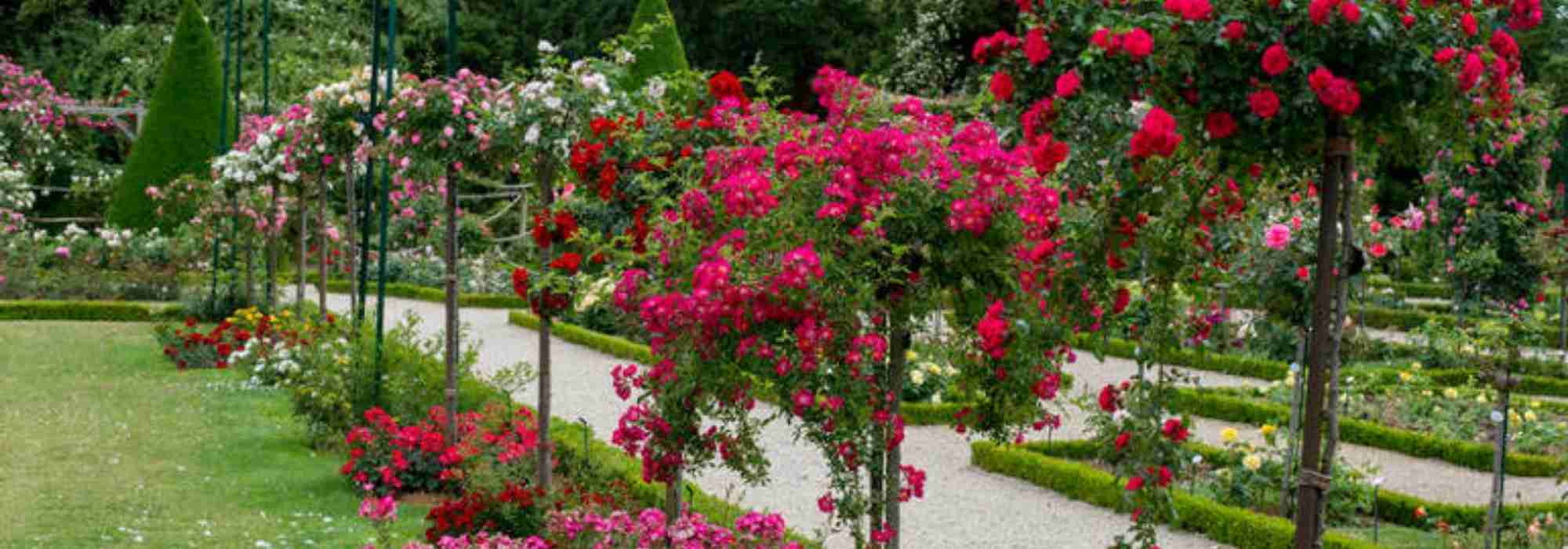
Bagatelle Rose Garden (Christophe Noel)
- Subscribe!
- Contents
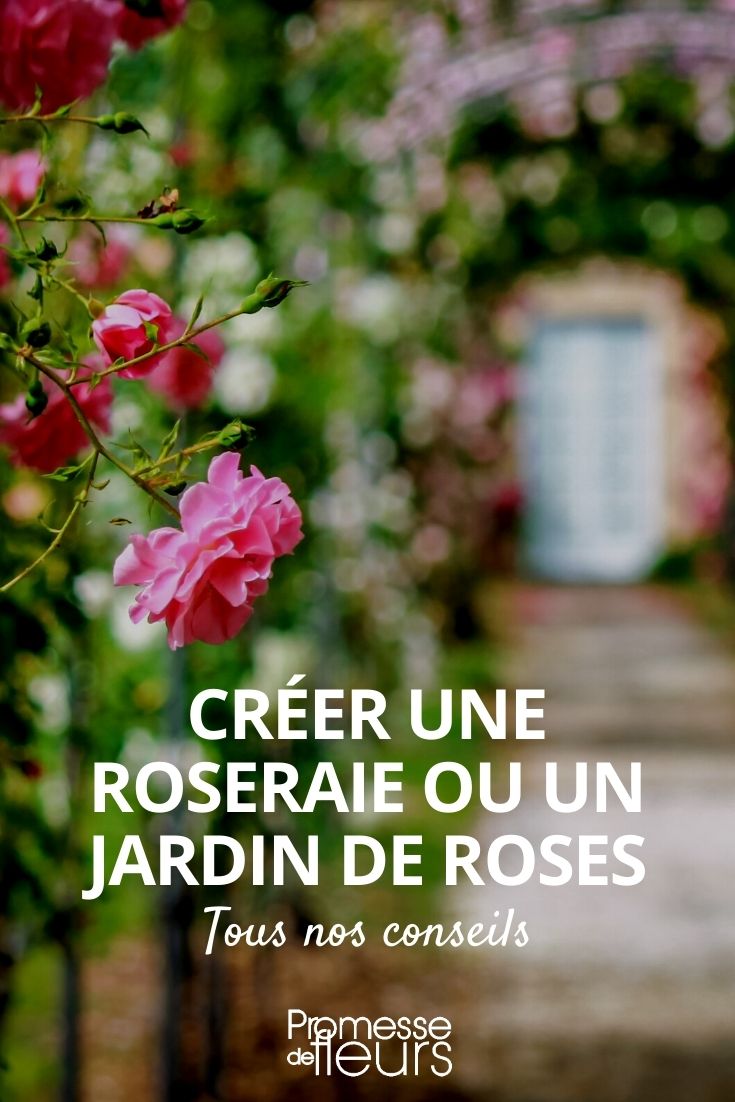































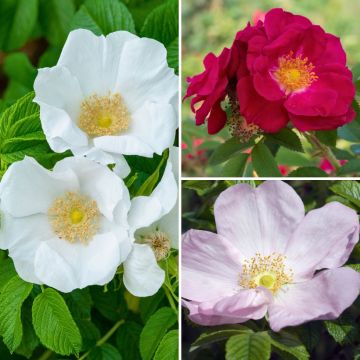
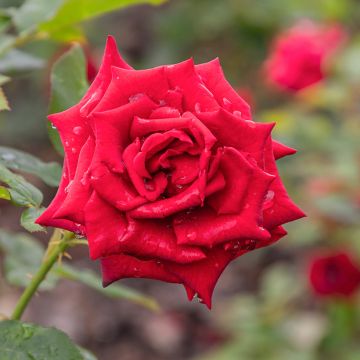
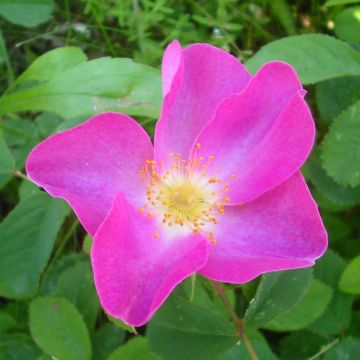
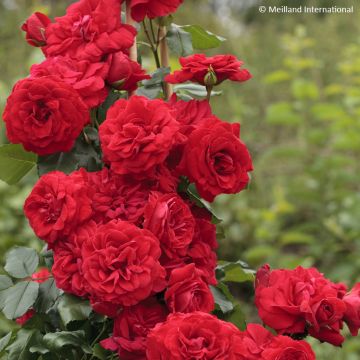
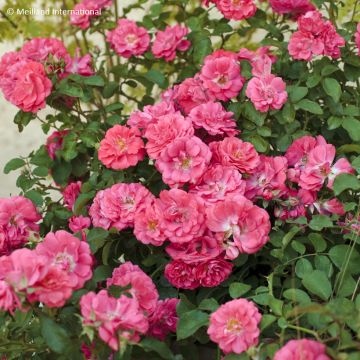
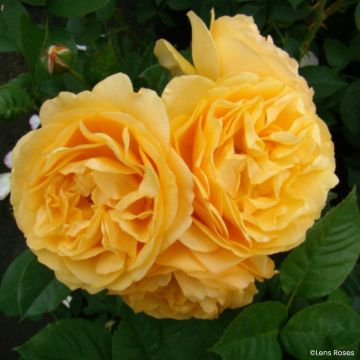
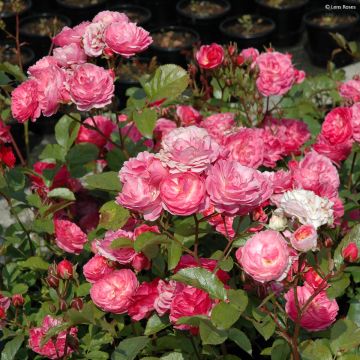
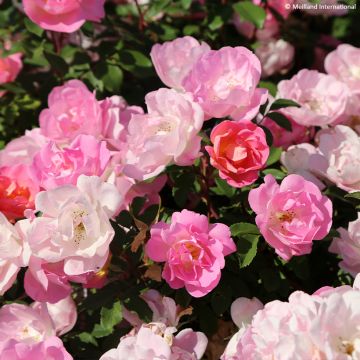
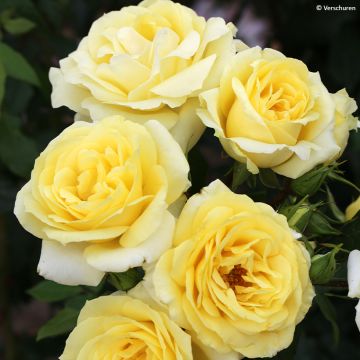
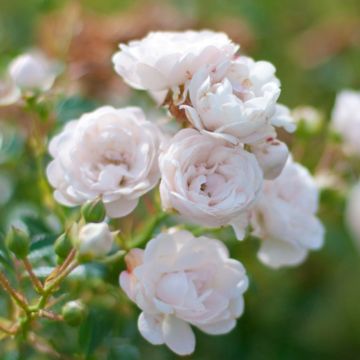
Comments